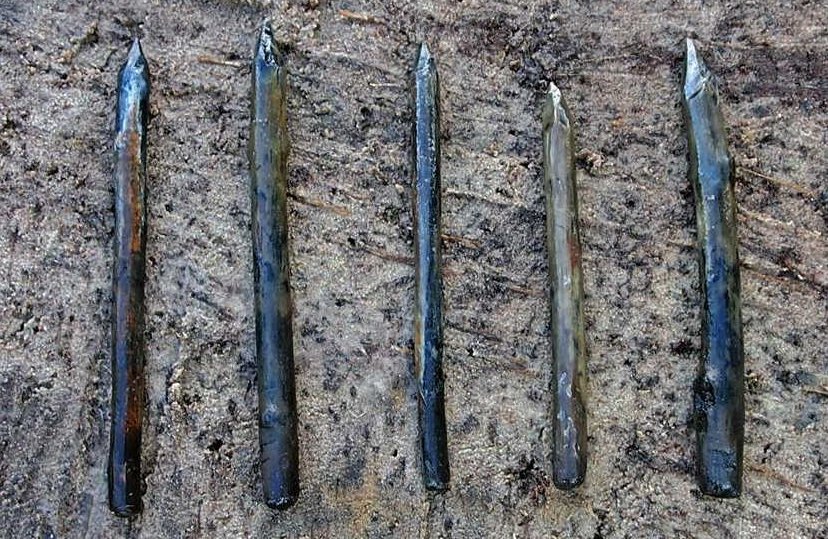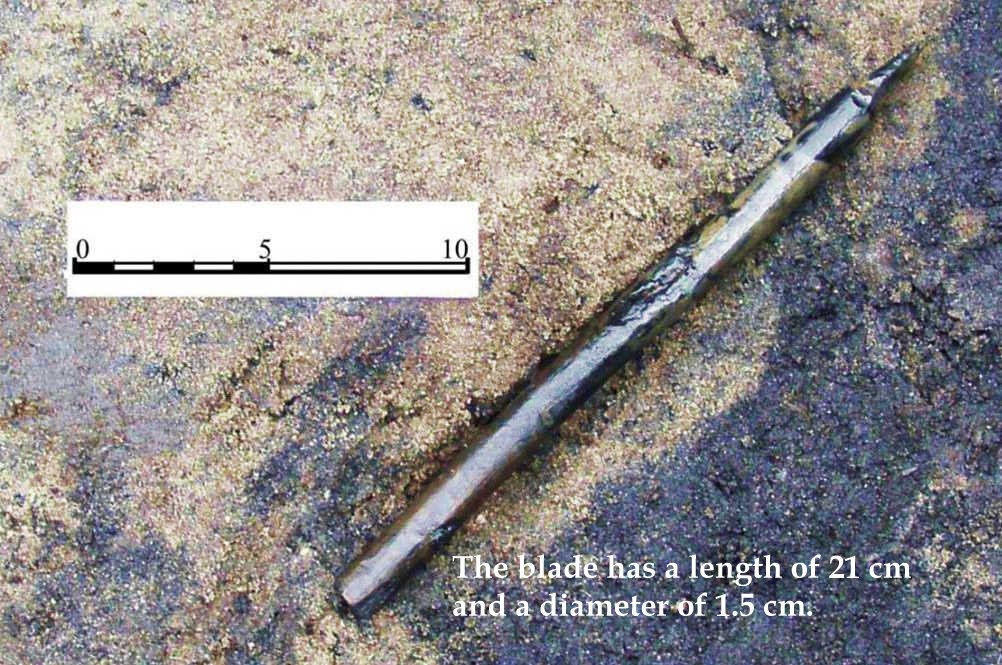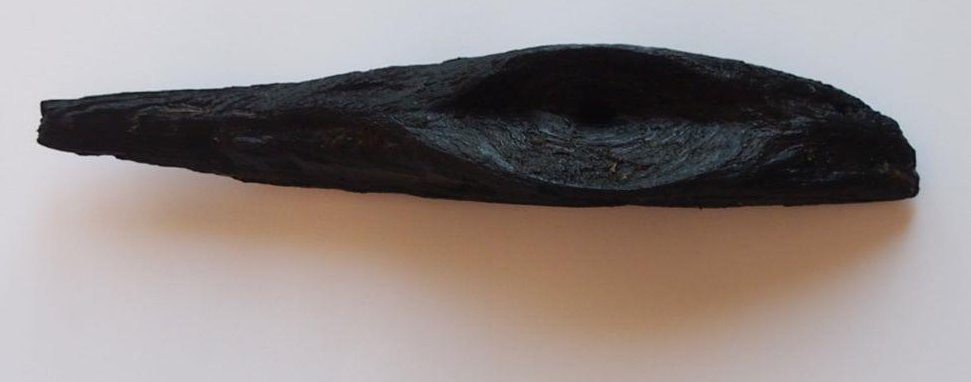9,000-Year-Old Shaman’s Sanctuary Discovered In North-Western Poland
MessageToEagle.com – Archaeologists have discovered traces of mysterious rituals performed by shamans about 9,000 years ago in north-western Poland. The site, located near today’s lake Świdwie (West Pomeranian) in north-western Poland, has been studied since 2012.
One of the most intriguing discoveries is the area of a circle with a diameter of approx. 6 m, where scientists encountered mysterious structures.

The main feature of the site turned out to be a trapezoidal building with poles, surrounded by an arch of stones placed at equal distances from each other. There were also sharpened yew sticks driven into the surface in the shape of a horizontal figure similar to the Big Dipper – a fragment of the constellation Ursa Major.
Apparently, “on clear days, it had to be a very good place to observe the stars”, according to Prof. Tadeusz Galiński from the Szczecin branch of the Institute of Archaeology and Ethnology PAS.
This mysterious, millennia-old and unique place in Europe was most probably a sanctuary.

Archaeologists discovered wooden censer, which was used for ritual smoking of the place, people and objects in order to drive off evil spirits, and a bundle of pieces of wood, bark, herbaceous plants and animal bones, which, according to Prof. Galiński, should be interpreted as a shaman’s offering.
“Sacrificial offering were an expression of belief in supernatural powers and forces of nature. Their purpose was to appease deities. They were made on behalf of all residents and members of the group with the participation of the spiritual leader,” he said.
Inside the sanctuary researchers found several large stones – almost each of them different. Among them they were: syenite, diorite, granite, quartzite, sandstone and gneiss, and even rare in Pomerania red marble and green syenite. A complete surprise was the discovery of the unknown in this region jet, also called black amber, and volcanic rock, pumice.

“This extraordinarily rich collection of stones is unique among the previously known Mesolithic sites, located both within the vast European Plain, and in the zone of the foothills and highlands,” explained Prof. Galiński, in a press release.
These stones had to be brought to the site in Bolków, and not only from the surrouding area (…), but also from distant lands, the best example of which is hornfels, which occurs closest in the Giant Mountains and the Harz Mountains.”

Scattered inside the sanctuary were numerous items made of wood, antler and stone, such as an unusually shaped cane, a wood pendant, and even an object is made of birch bark, which is interpreted as fragment of a ritual mask.
The artifacts of a sanctuary discovered in Bolków have been preserved in excellent condition, thanks to the favourable natural conditions in which the finds remained: peat and sand.
The discovery brings a new quality into the research on culture of hunting communities from the Early Holocene on the European Plain, according to Prof. Galiński.
MessageToEagle.com
Expand for references









